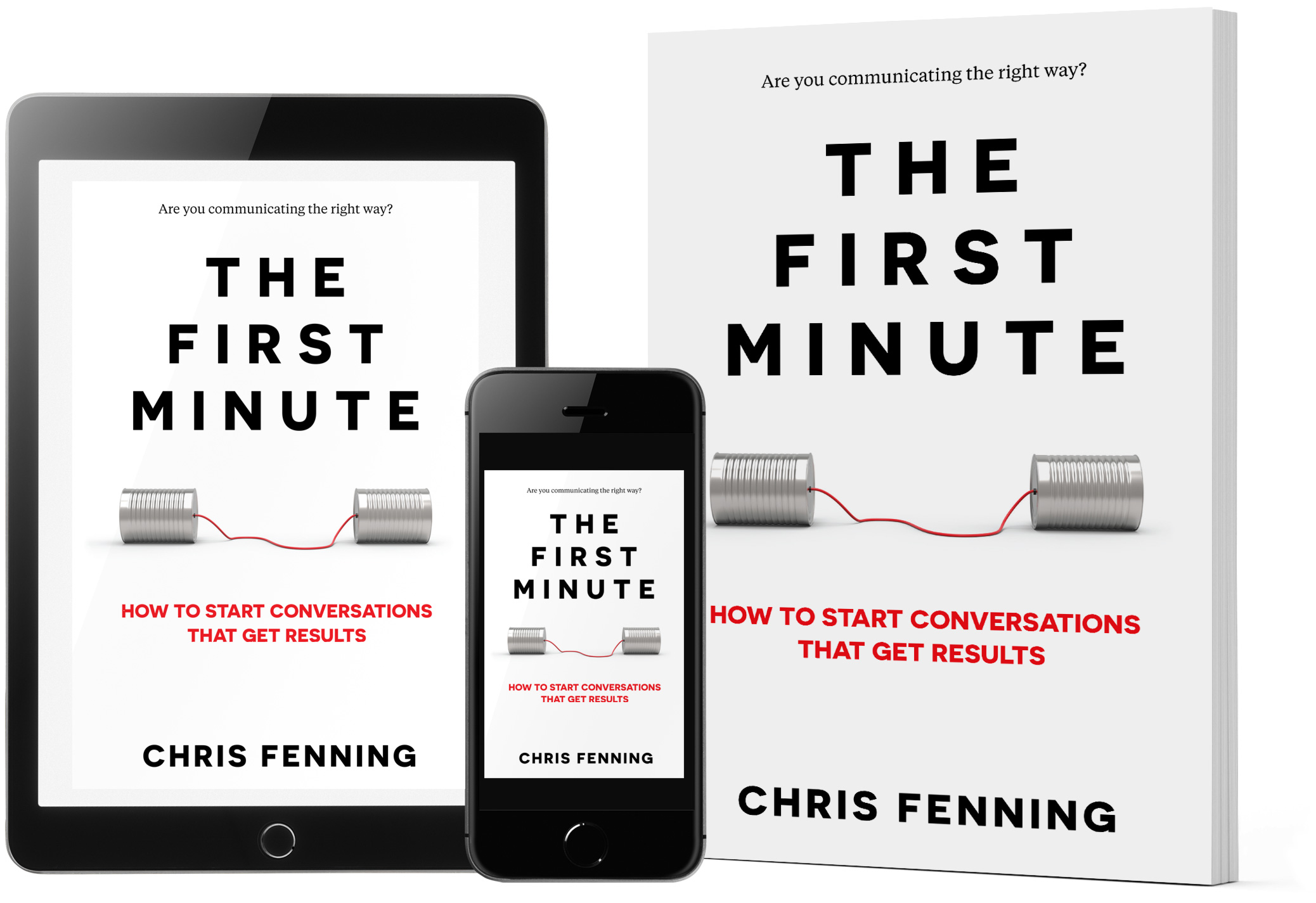Wouldn’t it be great if we could start conversations about large and complex topics in a way that was always clear and easy to understand?
In this article, I will show you the three steps to create amazing summaries for anything you want to talk about at work. This technique is a great way to introduce your topic immediately after you have framed the conversation (check out the framing method in my previous article How to start a conversation at work the right way.
Communication courses often tell us to be concise, to start with a summary of the topic, but they rarely show us how to create such a summary. As we all know, it is one thing to know you should be doing something. It’s quite another to know how to do it. In light of this gap, I’ve created a simple solution to this problem. The three steps to create amazing summaries at work are to use the ‘goal-problem-solution’ method.
Goal, problem, solution – the GPS method
The three parts of the structured summary are:
- Goal: The goal you are trying to achieve
- Problem: The problem that is preventing you from reaching your goal
- Solution: What I/we/you are going to do to solve the problem

If you’re wondering how this method helps to introduce a topic, take another look at the first paragraph above. I write it using the goal, problem, solution or GPS method.
- Goal: Wouldn’t it be great if we could start conversations about large and complex topics in a way that was always clear and easy to understand?
- Problem: Communication courses tell us to be concise, to start with a summary of the topic, but they rarely show us exactly how to create a summary. It’s one thing to know you should be doing something. It’s quite another to know how to do it.
- Solution: The solution to this problem is to create a structured summary using what I call the goal-problem-solution method.
Why is creating a summary helpful?
Using a structured summary in the first minute of your conversation will provide your audience with a concise synopsis of what they are about to be told, what is expected of them, and the next steps that need to be taken.
The simplest way to summarize a problem topic is to use the goal, problem, solution method. With it, you can summarize an entire message in as few as three sentences no matter how complex the topic. It doesn’t matter if your full message will take five minutes or 55 minutes to deliver; it can still be summarized in less than a minute.
Goal, problem, solution forms an easy-to-remember initialism: GPS. Just like the navigation aid with the same name, the GPS method is a tool to help you show others where you want to go, to highlight the obstacles between you and your destination, and to describe the route to get there.
All three parts of GPS are needed
The three steps to summarize anything at work — goal, problem and solution — are separate elements that make up your message, so don’t combine them.
Goal and problem are the most common parts to get mixed up. People often find themselves describing the problem as part of the goal. It is also common to think that the goal is to solve the problem and combine these two elements into a single sentence. Goal and problem are different and should be two distinct items in your message. The goal is what you want to achieve. The problem is why you are having trouble achieving it.
Example of the GPS method
Someone once said ‘A picture is worth a thousand words’. So here are a few pictures to save me writing a post that is too long to read. 😊

Goal: what you are trying to achieve — to get to the flag.

Problem: why you are having trouble achieving it — an obstacle is in the way.

Solution: what you will do to solve the problem and reach the goal.
Conclusion
As shown above, creating great summaries doesn’t have to be complex. If you are talking about something complex, start with a summary. The GPS method enables you to use just three steps to create amazing summaries at work.
- State the goal
- Describe the problem
- Outline the solution/next steps
Remember, the structured summary is an introduction to the conversation; it is not the entire conversation. The purpose of the structured summary is not to pack all the information into a few lines. It’s a clear, concise way to give your audience an overview of what is coming next.
Using the GPS method to structure your introduction makes it easy for your audience to understand what is happening and what you need. It leads your audience through the key points in a logical order, clearly stating the problem to solve, and it finishes with a focus on action.
If you’d like to learn more about the GPS method, and other tools for having clear, concise conversations at work, take a look at my book The First Minute. If you buy it today you’ll get over £130 of free bonus material!
Learn more with my book
The First Minute

My multiple award-winning book is a step-by-step guide for clear, concise communication in everyday work conversations.
Being concise is not about trying to condense all the information into 60 seconds. It’s about having clear intent, talking about one topic at a time, and focusing on solutions instead of dwelling on problems.
Throughout this book you’ll discover how to:
- Have shorter, better work conversations and meetings
- Get to the point faster without rambling or going off on tangents
- Lead your audience toward the solution you need
- Apply one technique to almost every discussion, email, presentation and interview with great results
